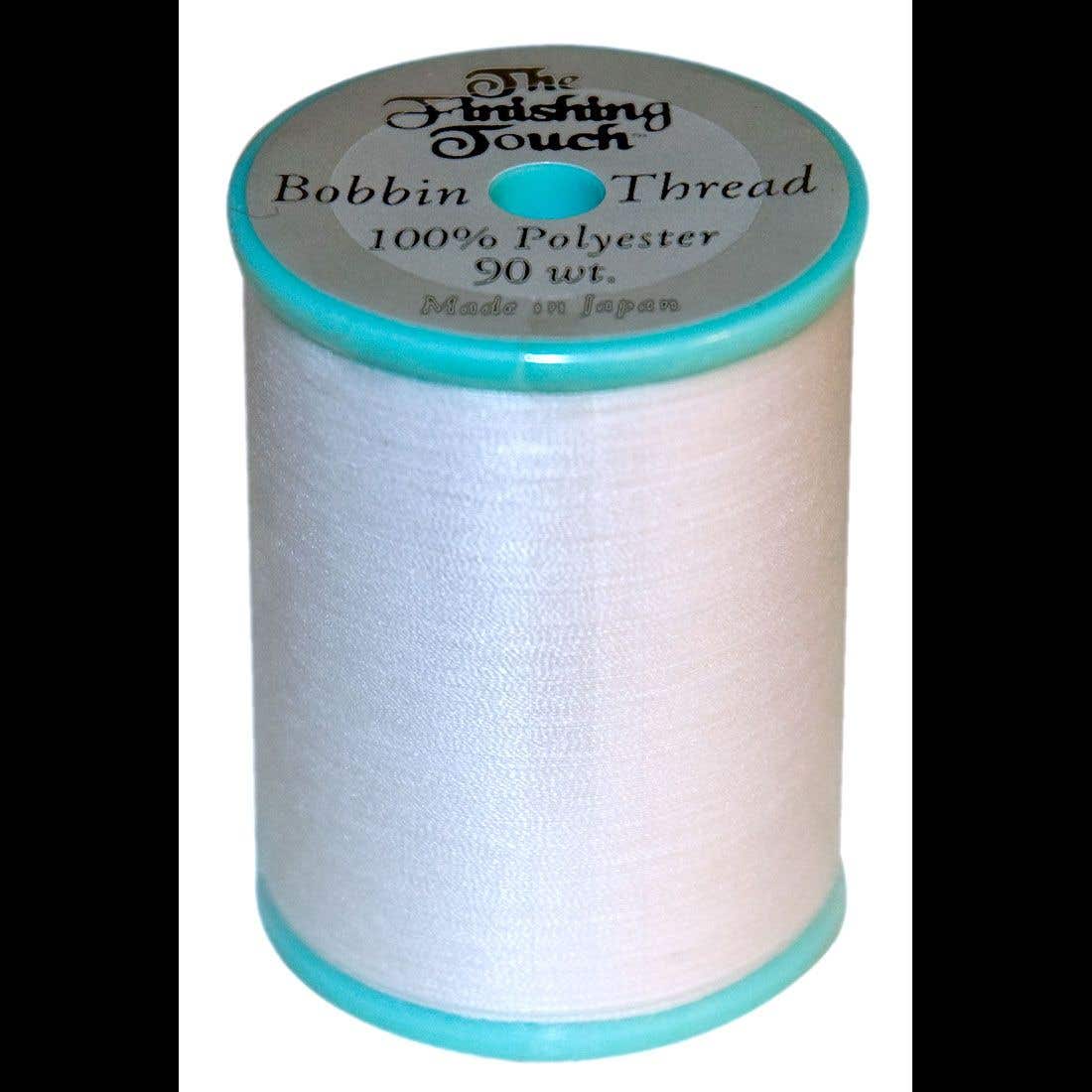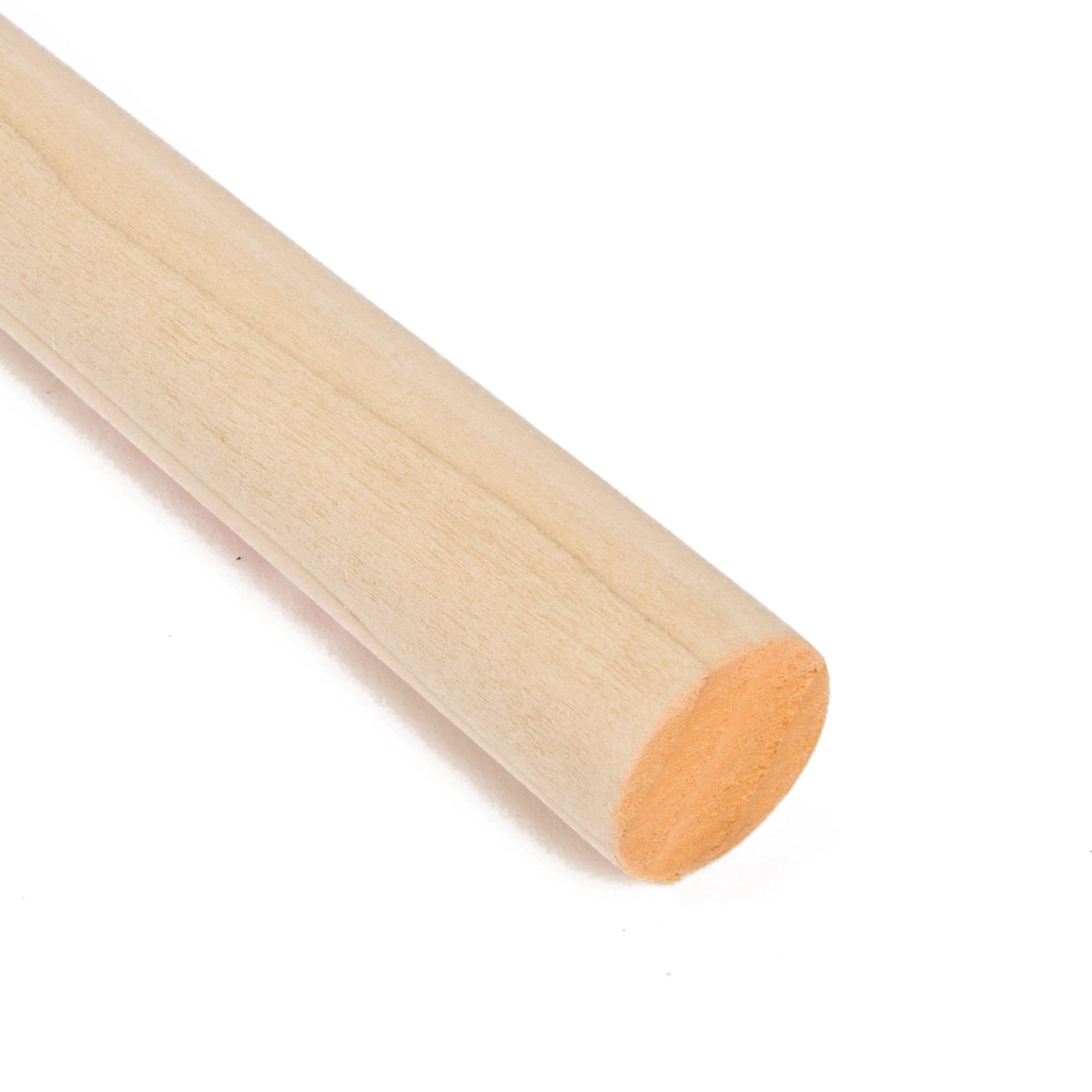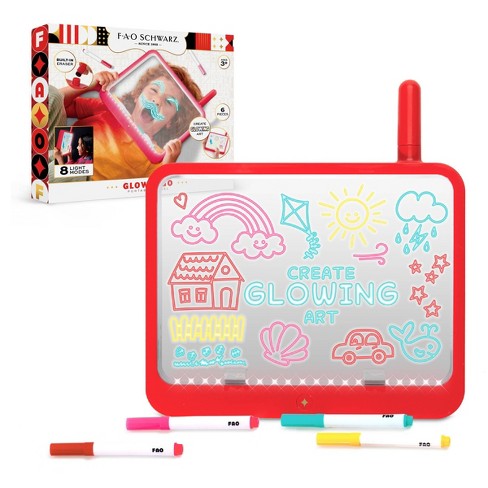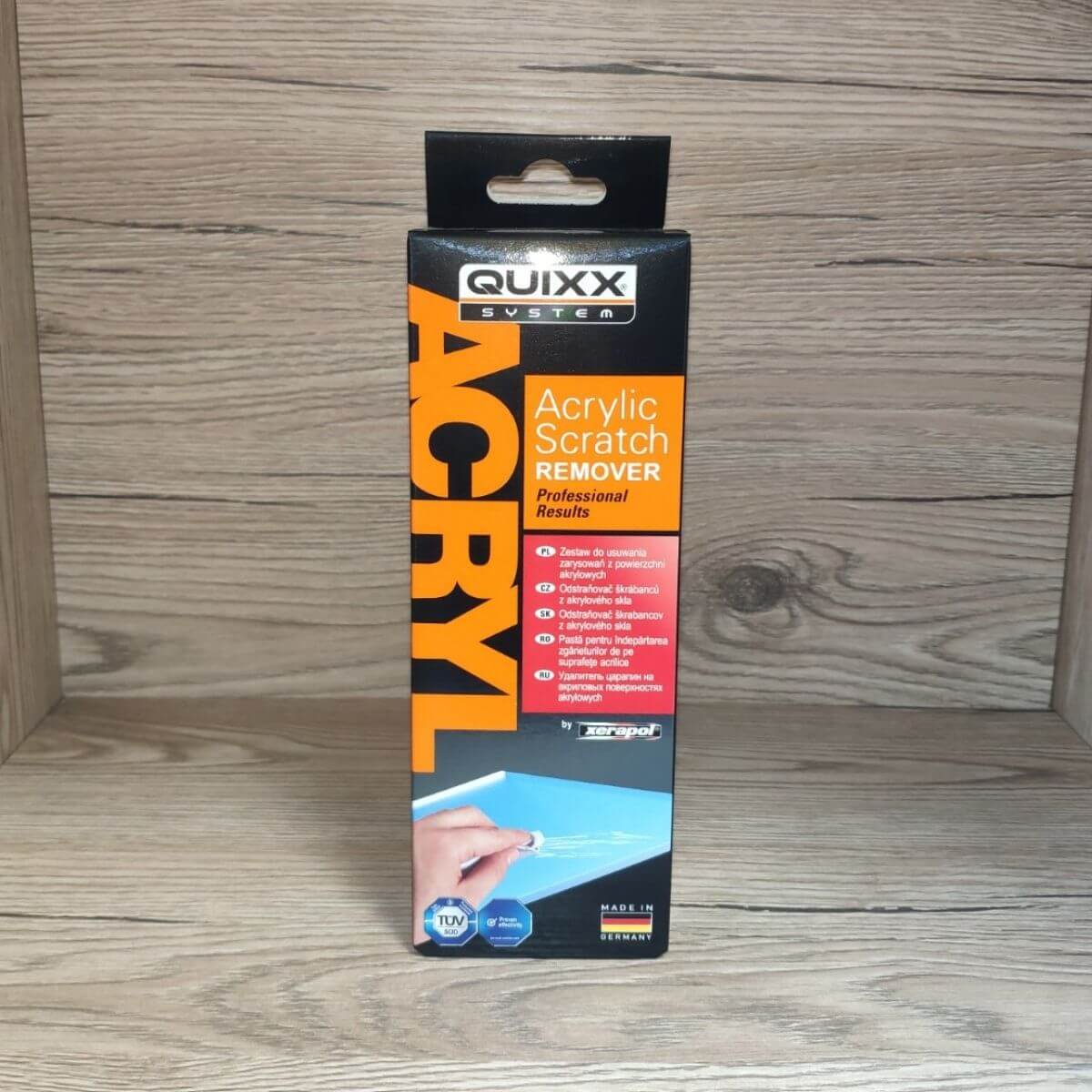
Contrast medium. - ppt video online download
Contrast Agents Compounds used to improve the visibility of internal body structures in an image. Type of contrast materials [A] Barium sulphate: for evaluation of the gastrointestinal tract [B] Water soluble contrast materials : • Oral use : Gastrographin • IV injection : Urographin ,Telebrix • Intra thecal injection : Iohexol (Omnipaque) [C] Oily contrast media : Lipiodol ultra- fluida
[A] Barium sulphate: for evaluation of the gastrointestinal tract. [B] Water soluble contrast materials : • Oral use : Gastrographin. • IV injection : Urographin ,Telebrix. • Intra thecal injection : Iohexol (Omnipaque) [C] Oily contrast media : Lipiodol ultra- fluida.
Positive contrast agents are liquids that have greater attenuation than the patient’s soft tissues, due either to the presence of iodine or gadolinium. Negative contrast has lower attenuation than the patient’s tissues; at present, carbon dioxide gas is the only available option.
These are the most frequently used agents. Types: ionic or non-ionic agents . 2.high osmolar or low osmolar. Non-ionic contrast media are recommended in high-risk patients and have largely replaced ionic contrast agents for intravascular use. Optimal demonstration of anatomy and pathology requires the correct strength and volume of contrast delivered in the right place.
As a general principle, the contrast column should opacify the entire vessel segment. To achieve this, the total contrast dose and the duration of the bolus must be correct. When the blood flow is slow, it takes several seconds for the opacified blood to pass through the vessel. Hence, a long contrast bolus is necessary. This is one of the reasons for increasing the volume Intravascular X-ray contrast agents of contrast to image the more distal vessels.
Name. Type. Iodine Content. Osmolality. Ionic. Diatrizoate (Hypaque 50) Ionic Monomer High Osmolar. Metrizoate (Isopaque Coronar 370) Ioxaglate (Hexabrix) Low Osmolar. Non-Ionic. Iopamidol (Isovue 370) Non-ionic monomer Iohexol (Omnipaque 350) Non-ionic Iodixanol (Visipaque 320) Non-ionic dimer Iso Osmolar.
There are two forms of contrast reaction: direct effects and idiosyncratic responses. Up to 2% of patients require treatment for adverse reactions to intravascular iodinated contrast agents. In the majority of cases, only observation and minor supportive treatment are necessary but severe reactions require immediate recognition and treatment. Direct effects :are secondary to the osmolality and direct chemotoxicity of the contrast, and they include heat, nausea and pain. More important are the effects on organ systems.
Renal Toxicity (increased serum creatinine by more than 25% or > 0.5 mg%) 2-7% Risk Factors fold increase with pre-existing renal insufficiency (increased creatinine) Dehydration. CHF. Age > 70. Taking nephrotoxic drugs (nonsteroidal inflammatory agents, gentomycin etc.) direct relationship between serum creatinine and likelihood nephrotoxicity. Hydrate 100 ml/hr Normal saline 4 hrs prior to procedure, continue for 24 hours. Those on hemodialysis do not need extra sessions or dialysis immediately following contrast administration.
oral diabetic agent. patients with renal insufficiency may develop lactic acidosis. withhold drug for 48 hrs after contrast administration in all patients taking this drug.
Which patients need screening creatinine Consider if patient has one of the following risk factors: Known renal insufficiency. Diabetes mellitus. Lasix or nephrotoxic drugs. Solitary kidney.
Cardiac problems are most likely to occur and are usually manifest as arrhythmias or ischaemia. Significant haematological interactions are uncommon. Non-ionic iodinated contrast can induce clotting if mixed with blood; hence, attention to catheter flushing and avoidance of contaminating syringes with blood are essential.
The mechanism of these reactions is uncertain; vasoactive agents such as histamine, may has role but it has not been established. Idiosyncratic reactions are classified according to severity. Minor: Common, ∼1:30, e.g. metallic taste, sensation of heat, mild nausea, sneezing; these do not require treatment. Intermediate: Common, ∼1:100, e.g. urticaria; not life-threatening; respond quickly to treatment. Severe: Rare, ∼1:3000, e.g. circulatory collapse, arrhythmia, bronchospasm, dyspnea; may be life-threatening, require immediate therapy. Remember the A, B, C, D approach and don’t hesitate to call for help. Death: Rare, ∼1:40 000, mostly caused by cardiac arrhythmia, pulmonary oedema, respiratory arrest or convulsions.
Previous allergic reaction to iodine-containing contrast and shellfish allergy: 10× Cardiac disease: 5× Asthma: 5× General allergic responses: 3× Drugs: β-blockers, interleukin-2 3× Age > 50 years: 2× risk of death. Reducing the risk:The vast majority of severe and fatal contrast reactions occur within 20 minutes of administration and therefore it is vital that patients are kept under constant supervision during this period.
Prepare for reaction: Ensure that resuscitation equipment and drugs are immediately available every time contrast is injected. Make sure that you are familiar with the management of the reaction. Use non-ionic contrast agents :Non-ionic contrast agents certainly reduce the risk of minor reactions and may reduce the risk of more significant reactions. Reassure the patient. Explain that contrast reactions are unlikely and that the situation is under control. Consider steroid pre-medication. There is some evidence that oral steroid premedication may reduce the risk of moderate–severe reactions. Treatment has to be started 24 hours before contrast administration and therefore this is only suitable for elective examinations. Intravenous hydrocortisone 200 mg has been given prior to urgent examinations.
Creatinine level > 2 mg/dl. Hydrate patient - Oral fluids if unable to drink use IV saline. Mild Renal Insufficiency Patients – add N-acetyl-cysteine the day before and day of the procedure.
Minor reactions. Nausea and vomiting. Active treatment rarely required. Reassure and monitor patient. Urticaria. Localized patches of urticaria do not require treatment. Simply observe and monitor the patient (pulse, BP). Generalized urticaria or localized urticaria in sensitive areas, e.g. periorbital, should be treated by chlorphenamine 20 mg given slowly by IV injection. Vasovagal syncope. Monitor the patient’s pulse, BP, oxygen saturation and ECG. Elevate the legs. Establish IV access. Give atropine 0.6–1.2 mg by IV injection for bradycardia. Volume expansion with IV fluids for persistent hypotension.
Bronchospasm: Monitor the patient’s pulse, BP, oxygen saturation and ECG. Give 100% O2. Treat initially with β-agonist inhaler, e.g. salbutamol. If continuing bronchospasm, administer adrenaline (epinephrine) subcutaneously: 0.3–0.5 mL of 1 : 1000 solution. If severely shocked, then administer adrenaline 1 mL (0.1 mg) 1: by slow IV injection. IV steroids are also usually given and in acute reactions, steroids may work surprisingly quickly, although it can take a few hours for them to achieve full effect. Laryngeal oedema:Monitor the patient’s pulse, BP, oxygen saturation and ECG. Give 100% O2 and watch the oxygen saturation closely. Administer adrenaline subcutaneously 0.3–0.5 mL of 1 : 1000 solution. Chlorphenamine 20 mg by slow intravenous injection should also be given. Get an anaesthetist to assess the airway. Tracheostomy may be required in severe cases.
Cimetidine has been effective in severe reactions resistant to conventional therapy. The drug is given by slow intravenous infusion (cimetidine 300 mg in 20 mL saline). chlorphenamine, should be given first.
Observe for 2-4 hours if volume > 5ml. Plastic Surgery Consultation. ionic > 30 ml. nonionic > 100 ml. skin blistering/significant tissue damage. altered tissue perfusion. increasing pain after 2-4 hours. change in sensation distal to site of extravasation.
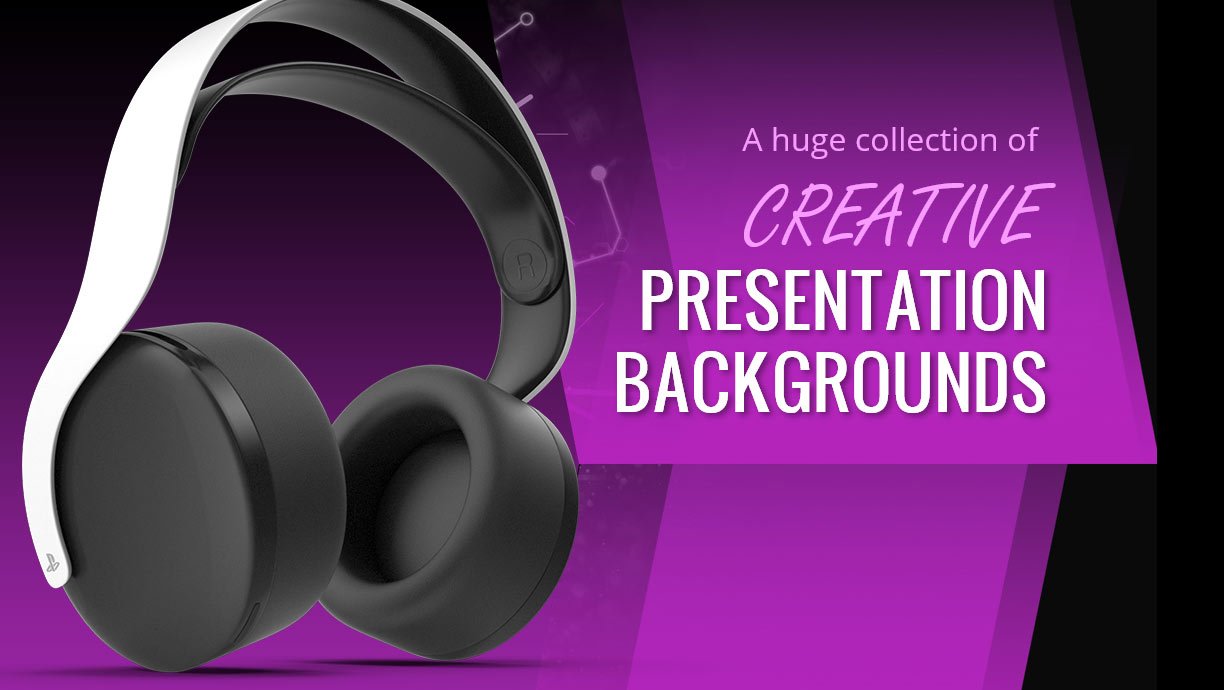
43+ Presentation Background Templates (Free Download)

The Chemistry of Organic Contrast Agents in the NIR‐II Window - Mu - 2022 - Angewandte Chemie International Edition - Wiley Online Library

Adjust brightness and contrast - PowerPoint: Audio and Video Video Tutorial

CONTRAST MEDIUM ppt video online download

Prophylactic Intravenous Hydration to Protect Renal Function From Intravascular Iodinated Contrast Material (AMACING): Long-term Results of a Prospective, Randomised, Controlled Trial - eClinicalMedicine

Contrast media tutorial :Towards safe usage of iodinated contrast media

Use of Intravenous Iodinated Contrast Media in Patients with Kidney Disease: Consensus Statements from the American College of Radiology and the National Kidney Foundation

Online Vs Traditional Education PowerPoint Template - PPT Slides

CONTRAST MEDIUM ppt video online download

Neurologic Effects of Gadolinium Retention in the Brain after Gadolinium-based Contrast Agent Administration






